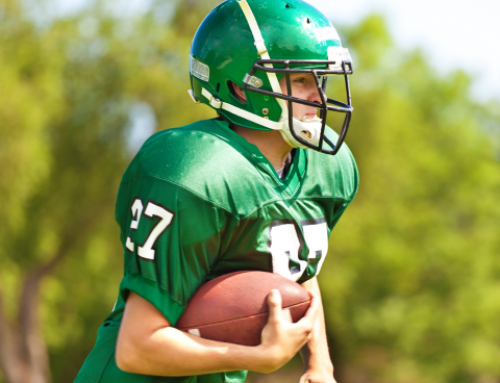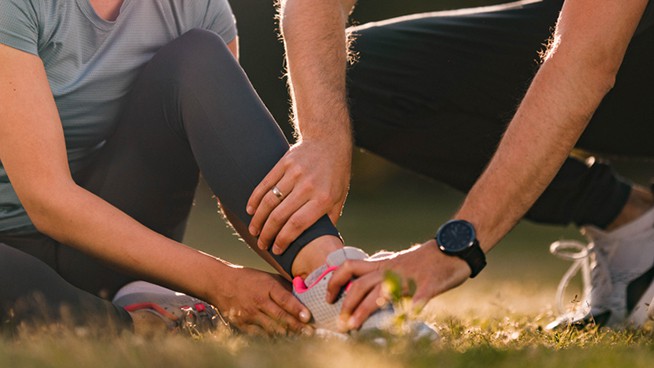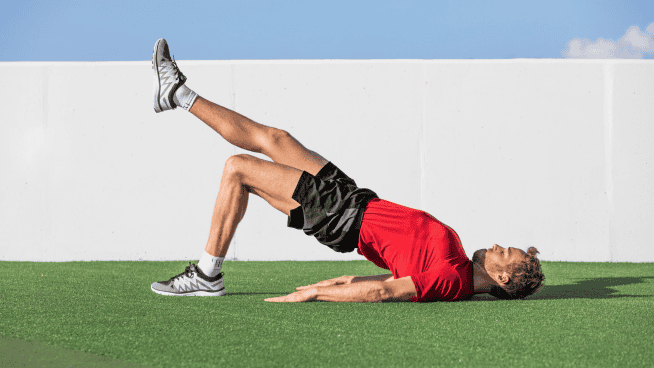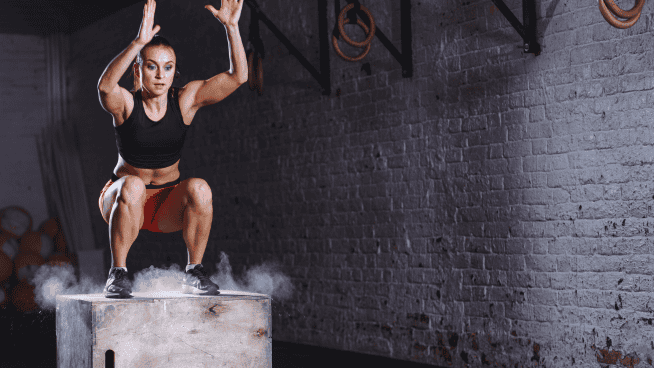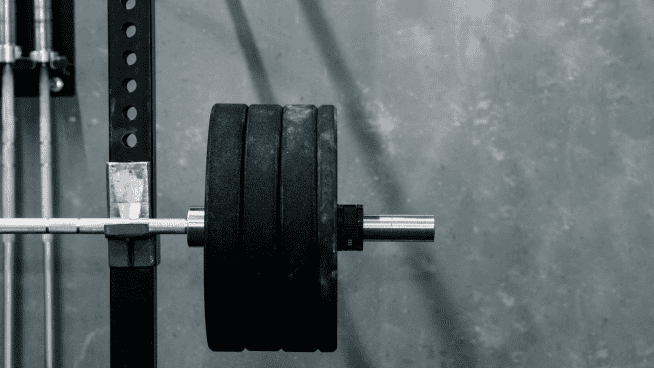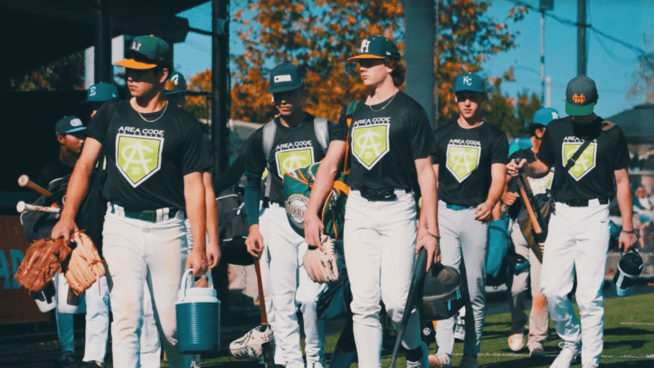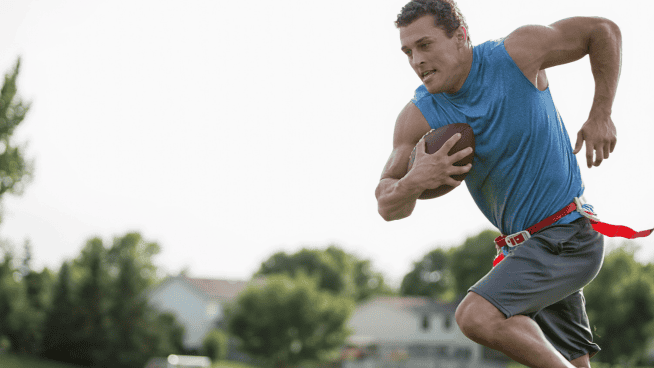Crucial Steps Injured Athletes Often Overlook as They Rush Back to Action
Return-to-sport protocols are integral in ensuring athletes are healthy and capable of safely performing at the highest level.
Sports medicine staff as well as strength and conditioning coaches commonly agree on what athletes need prior to reengaging in sport, but rarely are they on the same page regarding the optimal methodologies.
Some believe that when a previously repaired joint is structurally sound and capable of moving through every range of motion, they are ready.
Others, however, believe an athlete must be at or above the level they were at prior to the injury to truly be “ready.”
The methods used for rehabilitation vary depending on therapists, doctors and strength coach’s individual beliefs. An integrative approach that allows one to seamlessly transition from doctor to physical therapist to strength coach with matching beliefs and congruent systems is what yields optimal results!
Where Can We Improve?
Admittedly, the biggest fallacy has traditionally been between physical therapists and strength coaches (like myself).
Doctors and physical therapists work extremely well together, particularly post-surgery. Patients typically have a precise protocol and adhere to it with ease, getting themselves out of the “pain stage.”
From there, physical therapists do a wonderful job of restoring basic neuromuscular coordination as well as joint range of motion to their clients.
The biggest hurdle from there is when a client/athlete decides they are ready to regain full strength and get back to the activities they love.
Many physical therapists are capable of carrying out such a task, however they are often limited to the clinical space they work in where sports performance is not the primary concern.
This is where strength and conditioning professionals like myself often enter the picture and assist individuals with integration into a training routine.
Unfortunately, some people will try to bypass this stage because they believe that with no pain and a largely restored range of motion, they are essentially fully healed and ready for sport.
This could not be further from the truth! They might be ready to train, but they’re likely not ready to perform.
Why?
Because they likely haven’t begun proper plyometric progressions, re-trained in power and speed exercises, increased their maximal strength, or even addressed the asymmetries that originally contributed to the injury or the asymmetries that likely developed during the rehab process.
Does that sound like someone who’s really ready to return to sport to you?
A Better Approach
Strength and conditioning professionals must do a better job of communicating with physical therapists.
They must consistently communicate where the athlete is in their progress and where it is they need to go.
Programs we provide must be able to bridge the gap between athletes ready to train, and athletes ready to perform. Not all athletes will arrive at the gym healthy and ready to go. Some assessments, critical thinking, and integrative programming are required.
Perhaps one of the biggest roles a strength coach can play after that is providing training that reduces future injury risk. Preventative maintenance is key, and the number one rule of any coach is do no harm.
Properly planning and understanding that not every person will train the same based on their injury profile and history is key. My advice to anybody reading this article is to find the right coach and training program for you.
There are alternatives to nearly every training approach, and most goals can be met in a multitude of ways. Take initiative and help bridge the communication between your doctors, therapists and trainers.
Data-Driven Results
Most athletes will perform a variation of a sport test with sports medicine staff prior to being cleared for sport.
Typically, that is where things get most blurry. Getting “cleared” to ski, for example, doesn’t mean one is ready to do six giant slalom practice runs at their previous intensity right away.
Strength and conditioning staff can aid in this process by regularly testing all healthy athletes in a number of performance parameters (e.g., Vertical Jump, Broad Jump, 40-Yard Dash, etc.) so there’s a baseline to compare if they do indeed get injured.
Taken one step further, athletes can inquire with qualified exercise physiologists to perform basic symmetry testing on them such as force plate jumps. Power, symmetry and performance numbers can be derived from such data and will allow intelligent coaches to program accordingly for athletes in their unique situation.
Last but not least, one key piece that must be discussed is a coach’s own intuition.
Over years of training and coaching, one will ideally develop a high level of intuition or a keen “coach’s eye.”
Watching an athlete jump, run, or cut and noticing a slight movement deficiency, despite all of their numbers checking out, is a huge piece to consider. If a mechanic handed you your car back and gave you the green light to drive it but you saw a deflated tire, you wouldn’t just ignore it. The same goes for an injured athlete.
Just because all of the tests have been passed and all of the numbers check out doesn’t necessarily mean they are completely ready. They must be physically, mentally and psychologically ready to return.
Consider all of these points and remember that returning to sport after injury is comprehensive and requires special attention to detail. The value of a heart-to-heart conversation with an athlete about their injury and their mental and physical progress is also extremely valuable!
Many times, an athlete will simply insist that they’re “ready.” But if there are things that don’t feel quite right and they’re willing to speak with you about that, that’s another piece of extremely valuable info that can further inform your approach.
Photo Credit: FG Trade/iStock
READ MORE:
RECOMMENDED FOR YOU
MOST POPULAR
Crucial Steps Injured Athletes Often Overlook as They Rush Back to Action
Return-to-sport protocols are integral in ensuring athletes are healthy and capable of safely performing at the highest level.
Sports medicine staff as well as strength and conditioning coaches commonly agree on what athletes need prior to reengaging in sport, but rarely are they on the same page regarding the optimal methodologies.
Some believe that when a previously repaired joint is structurally sound and capable of moving through every range of motion, they are ready.
Others, however, believe an athlete must be at or above the level they were at prior to the injury to truly be “ready.”
The methods used for rehabilitation vary depending on therapists, doctors and strength coach’s individual beliefs. An integrative approach that allows one to seamlessly transition from doctor to physical therapist to strength coach with matching beliefs and congruent systems is what yields optimal results!
Where Can We Improve?
Admittedly, the biggest fallacy has traditionally been between physical therapists and strength coaches (like myself).
Doctors and physical therapists work extremely well together, particularly post-surgery. Patients typically have a precise protocol and adhere to it with ease, getting themselves out of the “pain stage.”
From there, physical therapists do a wonderful job of restoring basic neuromuscular coordination as well as joint range of motion to their clients.
The biggest hurdle from there is when a client/athlete decides they are ready to regain full strength and get back to the activities they love.
Many physical therapists are capable of carrying out such a task, however they are often limited to the clinical space they work in where sports performance is not the primary concern.
This is where strength and conditioning professionals like myself often enter the picture and assist individuals with integration into a training routine.
Unfortunately, some people will try to bypass this stage because they believe that with no pain and a largely restored range of motion, they are essentially fully healed and ready for sport.
This could not be further from the truth! They might be ready to train, but they’re likely not ready to perform.
Why?
Because they likely haven’t begun proper plyometric progressions, re-trained in power and speed exercises, increased their maximal strength, or even addressed the asymmetries that originally contributed to the injury or the asymmetries that likely developed during the rehab process.
Does that sound like someone who’s really ready to return to sport to you?
A Better Approach
Strength and conditioning professionals must do a better job of communicating with physical therapists.
They must consistently communicate where the athlete is in their progress and where it is they need to go.
Programs we provide must be able to bridge the gap between athletes ready to train, and athletes ready to perform. Not all athletes will arrive at the gym healthy and ready to go. Some assessments, critical thinking, and integrative programming are required.
Perhaps one of the biggest roles a strength coach can play after that is providing training that reduces future injury risk. Preventative maintenance is key, and the number one rule of any coach is do no harm.
Properly planning and understanding that not every person will train the same based on their injury profile and history is key. My advice to anybody reading this article is to find the right coach and training program for you.
There are alternatives to nearly every training approach, and most goals can be met in a multitude of ways. Take initiative and help bridge the communication between your doctors, therapists and trainers.
Data-Driven Results
Most athletes will perform a variation of a sport test with sports medicine staff prior to being cleared for sport.
Typically, that is where things get most blurry. Getting “cleared” to ski, for example, doesn’t mean one is ready to do six giant slalom practice runs at their previous intensity right away.
Strength and conditioning staff can aid in this process by regularly testing all healthy athletes in a number of performance parameters (e.g., Vertical Jump, Broad Jump, 40-Yard Dash, etc.) so there’s a baseline to compare if they do indeed get injured.
Taken one step further, athletes can inquire with qualified exercise physiologists to perform basic symmetry testing on them such as force plate jumps. Power, symmetry and performance numbers can be derived from such data and will allow intelligent coaches to program accordingly for athletes in their unique situation.
Last but not least, one key piece that must be discussed is a coach’s own intuition.
Over years of training and coaching, one will ideally develop a high level of intuition or a keen “coach’s eye.”
Watching an athlete jump, run, or cut and noticing a slight movement deficiency, despite all of their numbers checking out, is a huge piece to consider. If a mechanic handed you your car back and gave you the green light to drive it but you saw a deflated tire, you wouldn’t just ignore it. The same goes for an injured athlete.
Just because all of the tests have been passed and all of the numbers check out doesn’t necessarily mean they are completely ready. They must be physically, mentally and psychologically ready to return.
Consider all of these points and remember that returning to sport after injury is comprehensive and requires special attention to detail. The value of a heart-to-heart conversation with an athlete about their injury and their mental and physical progress is also extremely valuable!
Many times, an athlete will simply insist that they’re “ready.” But if there are things that don’t feel quite right and they’re willing to speak with you about that, that’s another piece of extremely valuable info that can further inform your approach.
Photo Credit: FG Trade/iStock
READ MORE:



